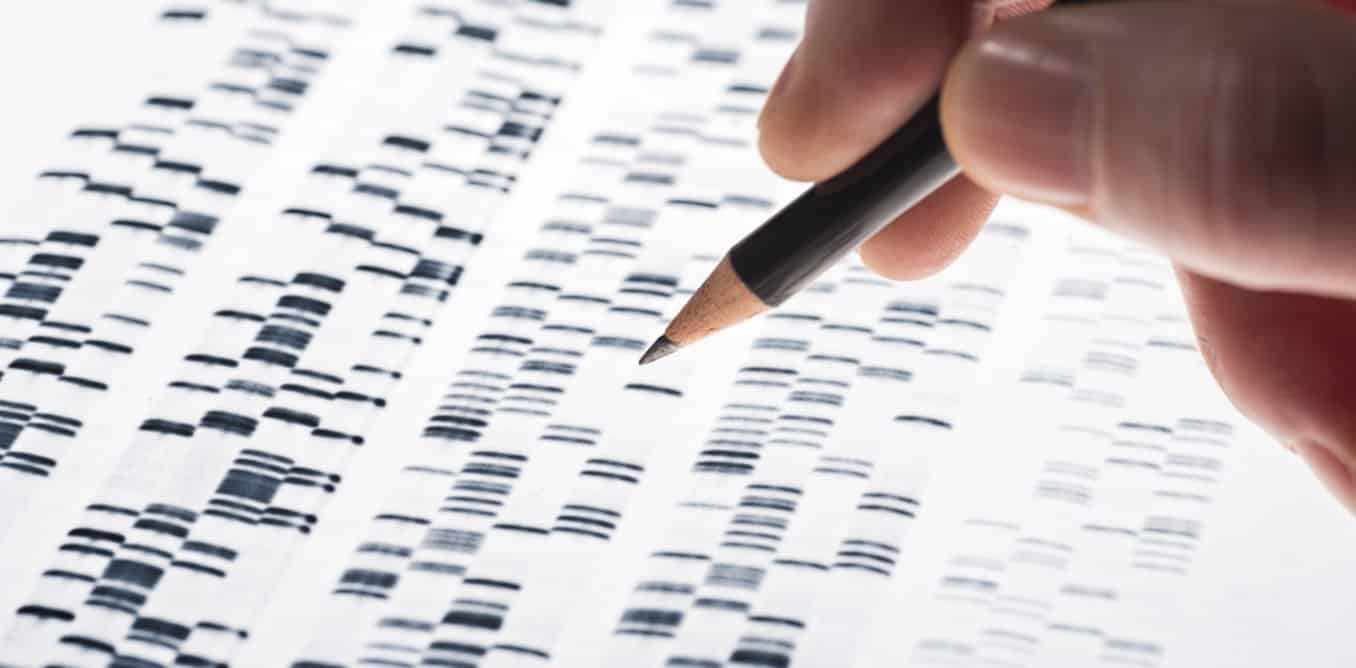Only about 2% of our genome is understood, hence making sense of the scientists. This small fraction contains the 20,000 genes that encode instructions for making the cell’s proteins. The remaining proportion of the genome is the non-coding area which is simply referred to as the “dark genome” representing the mystery. Although it’s known that the dark, non-coding genome regulates genes — turning them on and off, for example — the details remain obscure. As a result, sequencing data from the entire genome is currently considered almost uninterpretable.
Now, in order to help locate pathogenic mutations in the vast non-coding genome, scientists at the Institute for Genomic Medicine at Columbia University Medical Center, have developed a new technique called Orion.
Orion is designed to flag regions of the non-coding genome that are likely to contain disease-causing genetic changes by identifying parts of the genome that are under selection in the human population.
“We anticipate that researchers will immediately start using Orion to help them find pathogenic mutations in patients in which previous sequencing efforts were negative,” says David Goldstein, PhD, the John E. Borne Professor of Medical and Surgical Research and Director of the Institute for Genomic Medicine at Columbia
University Medical Center.Previous methods developed to help explore the non-coding genome focused on areas of the non-coding genome that have been retained in multiple species over evolutionary time, suggesting they, too, have an important function. However, these approaches were not able to identify regions of the genome that have taken on important new functions in humans.
Presently, the Orion is a technology that has been developed through the comparison of entire genomes of 1,662 people with one another and identification of stretches of DNA that vary little from person to person.
That means a mutation in an intolerant region is more likely to cause disease than a mutation in a tolerant region.
This prediction was confirmed when the researchers mapped the locations of previously identified non-coding mutations: more mutations fell within Orion’s intolerant regions.






























